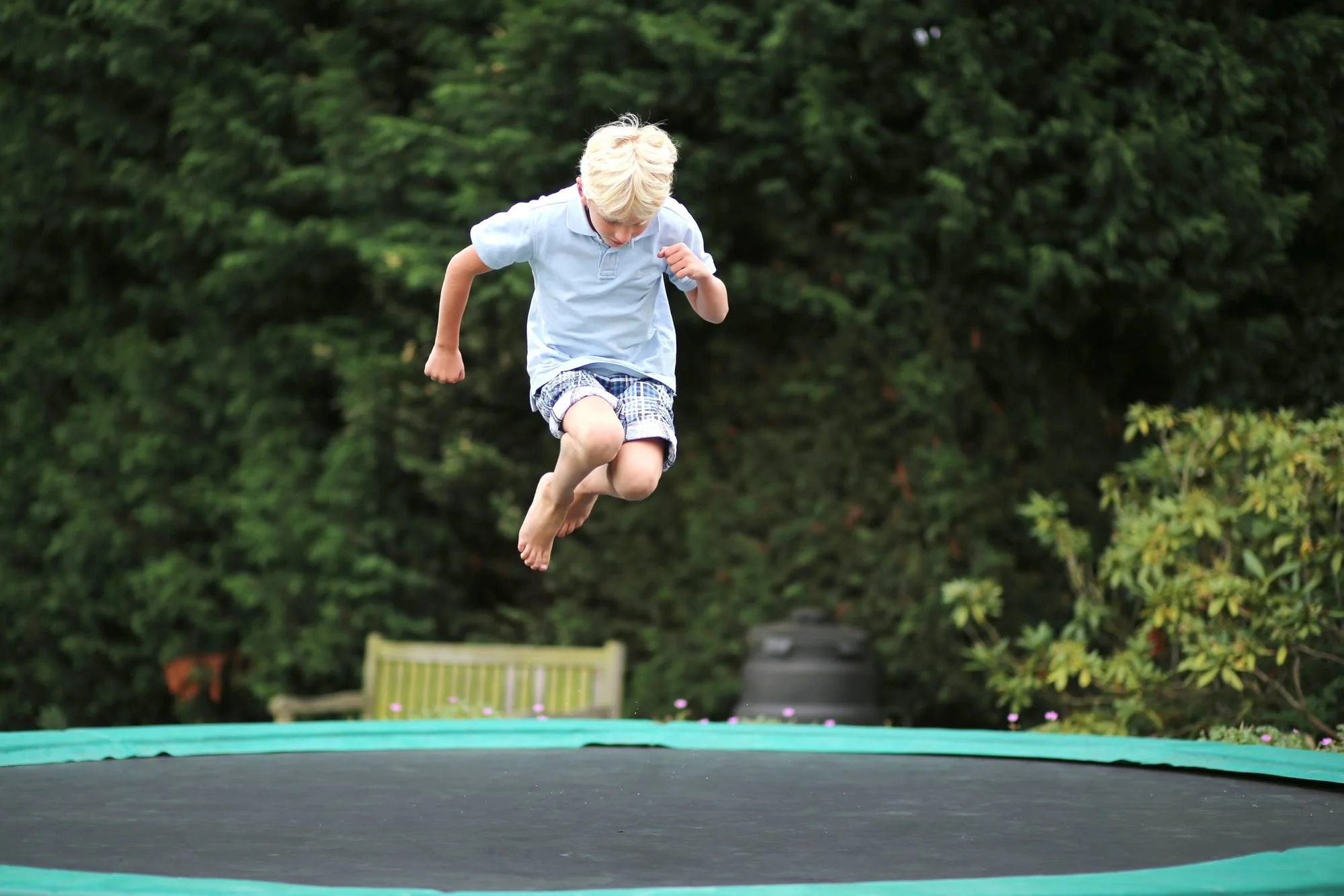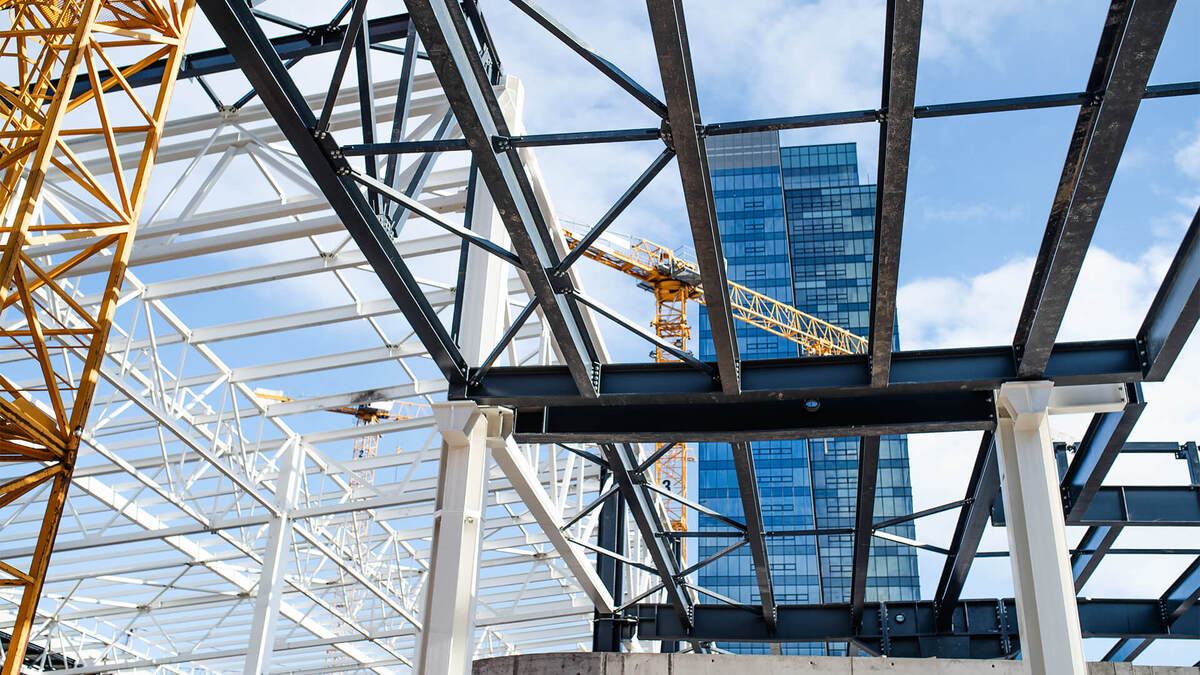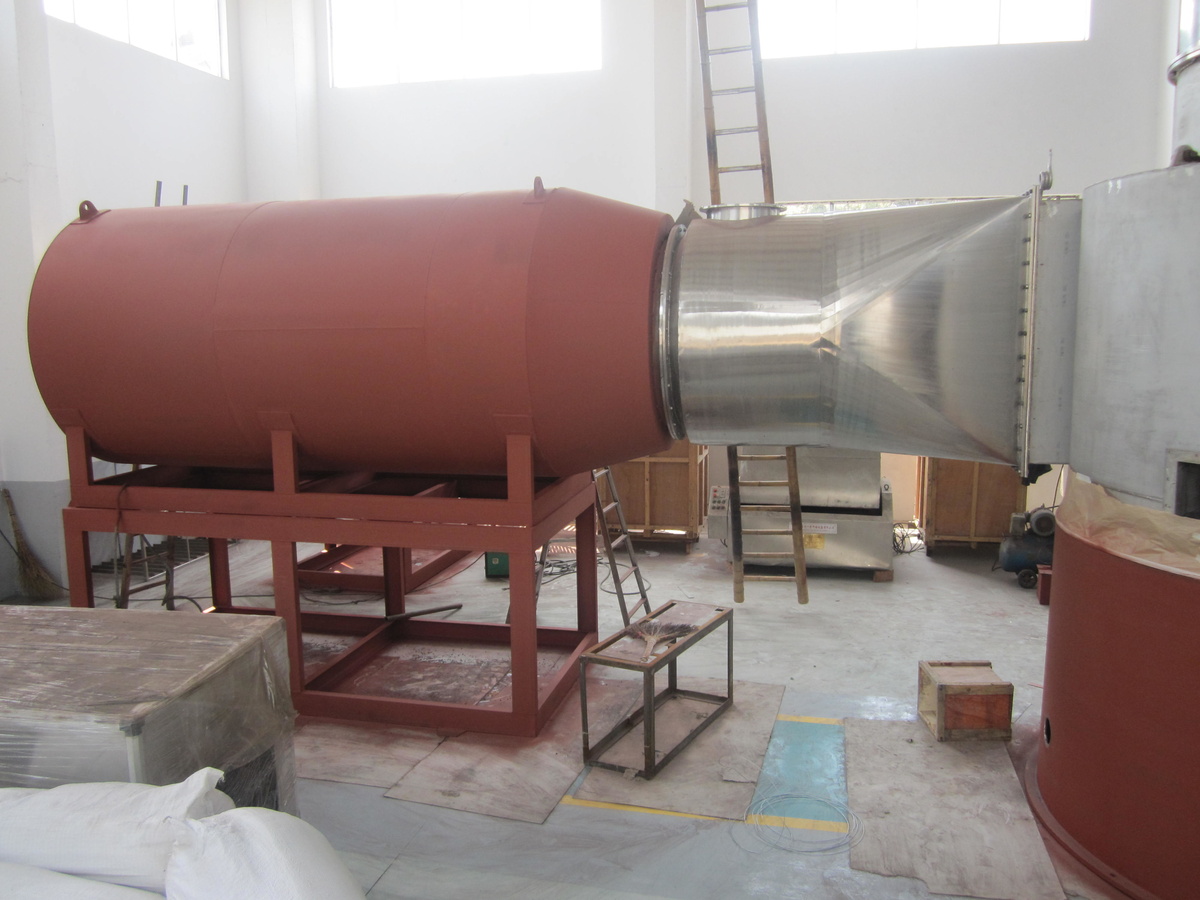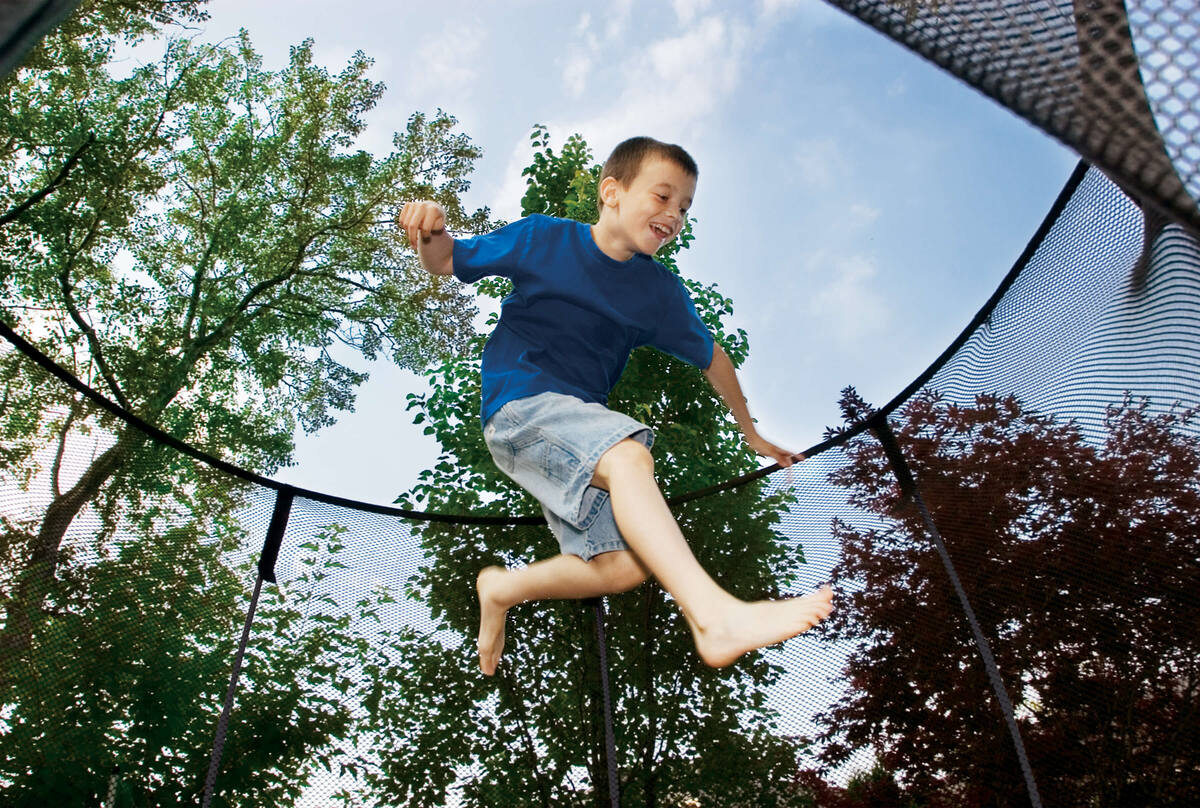Home>Gardening & Outdoor>Outdoor Recreation & Activities>What Force Does A Trampoline Have To Apply


Outdoor Recreation & Activities
What Force Does A Trampoline Have To Apply
Modified: October 20, 2024
Discover the force required for a trampoline to provide outdoor recreation and activities. Learn about the physics behind trampoline fun.
(Many of the links in this article redirect to a specific reviewed product. Your purchase of these products through affiliate links helps to generate commission for Storables.com, at no extra cost. Learn more)
Introduction
Welcome to the exhilarating world of trampolining! Bouncing on a trampoline is not only an enjoyable recreational activity but also a fascinating physics lesson in action. Have you ever wondered about the force required to propel you into the air and the science behind the exhilarating sensation of weightlessness at the peak of your jump? This article will unravel the captivating dynamics of trampoline force, shedding light on the factors influencing it and the safety considerations essential for a thrilling yet secure experience.
Trampolining is a timeless and beloved pastime, offering a unique blend of entertainment and physical exercise. Whether you're a novice or a seasoned enthusiast, understanding the forces at play while bouncing on a trampoline can deepen your appreciation for this engaging activity. So, let's embark on an enlightening journey into the world of trampoline force, where we'll explore the physics behind the bounce, the variables impacting this force, and the measures to ensure a safe and enjoyable experience for all.
As we delve into the intricacies of trampoline force, we'll uncover the interplay of gravity, elasticity, and momentum that culminates in the exhilarating sensation of soaring through the air. Additionally, we'll examine the pivotal role of safety in trampolining, emphasizing the significance of proper equipment, supervision, and technique to mitigate potential risks and maximize the enjoyment of this dynamic pursuit.
Join me as we unravel the captivating science and sheer joy of trampolining, where the boundless thrill of defying gravity converges with the principles of physics, resulting in an experience that is both exhilarating and enlightening. So, fasten your seatbelt – or should I say, secure your harness – as we prepare to launch into the fascinating realm of trampoline force!
Key Takeaways:
- Trampoline force is the result of elastic potential energy and the interaction of various factors like jumper’s weight, surface area, and spring elasticity. Understanding these dynamics enhances the enjoyment of trampolining.
- Safety is crucial in trampolining. Proper supervision, quality equipment, and injury awareness create a secure and enjoyable environment, ensuring the thrill of bouncing is coupled with responsible practices.
Understanding Trampoline Force
Trampoline force is the dynamic interaction of various physical factors that propel a jumper into the air and influence their trajectory during each bounce. At the heart of this captivating phenomenon lies the concept of elastic potential energy, which is harnessed and released as the trampoline mat deforms and rebounds in response to the jumper’s weight and movement.
When a jumper applies force to the trampoline surface by pushing off with their legs, the springs or elastic bands beneath the mat stretch, storing potential energy. This energy is then converted into kinetic energy as the springs contract, propelling the jumper upwards. The magnitude of this force is determined by the degree of deformation in the trampoline mat and the corresponding resistance offered by the springs or elastic bands.
Moreover, the force exerted by the jumper’s legs and the duration of contact with the trampoline surface significantly influence the amplitude and intensity of the ensuing bounce. By momentarily resisting the downward movement and then swiftly releasing their energy, jumpers can achieve higher and more energetic bounces, amplifying the exhilaration of the experience.
Trampoline force is further shaped by the interplay of the jumper’s mass, the trampoline’s surface area, and the elasticity of the springs or bands. These elements collectively dictate the magnitude and duration of the force applied to the trampoline, culminating in a harmonious fusion of physics and human kinetics that underpins the captivating allure of trampolining.
As we unravel the intricacies of trampoline force, it becomes evident that this exhilarating activity is not merely about defying gravity, but also about harnessing and understanding the fundamental principles of energy transfer and motion. The dynamic interplay of forces and energies on a trampoline epitomizes the seamless integration of physics and recreation, offering enthusiasts an immersive and enlightening experience with each exhilarating bounce.
Factors Affecting Trampoline Force
The force experienced on a trampoline is influenced by several key factors that collectively shape the amplitude and intensity of each bounce. Understanding these variables is essential for comprehending the dynamic interplay of forces at play and their impact on the overall trampolining experience.
1. Jumper’s Weight and Movement: The mass of the jumper and their movements on the trampoline surface directly influence the force applied to the mat. Heavier individuals exert greater pressure on the trampoline, resulting in more pronounced deformation of the surface and, consequently, a stronger rebound force.
2. Trampoline Surface Area: The size of the trampoline’s mat affects the distribution of force and the extent of deformation during each bounce. A larger surface area allows for more substantial deformation, leading to a more pronounced release of potential energy and a correspondingly higher rebound force.
3. Spring or Band Elasticity: The resilience and elasticity of the springs or bands beneath the trampoline surface play a pivotal role in determining the magnitude of the rebound force. Stiffer springs or bands offer greater resistance, resulting in a more vigorous and energetic bounce, while more flexible components yield a gentler rebound force.
4. Duration of Contact: The duration for which the jumper’s feet remain in contact with the trampoline surface influences the degree of energy transfer and deformation. A longer contact period allows for greater energy storage in the springs or bands, culminating in a more forceful rebound upon liftoff.
5. Jumping Technique: The proficiency and technique employed by the jumper significantly impact the force experienced during each bounce. By leveraging proper form, timing, and leg strength, jumpers can optimize the transfer of energy and achieve higher, more controlled bounces.
By considering these influential factors, trampolining enthusiasts can gain a deeper appreciation for the intricate interplay of forces and energies that define the exhilarating sensation of bouncing on a trampoline. The harmonious fusion of these elements underscores the captivating blend of physics and recreation, offering an immersive and enlightening experience with each dynamic leap into the air.
The force a trampoline has to apply is called the “rebound force,” which is the force that pushes you back up when you jump. This force is created by the tension in the trampoline’s springs or bungee cords.
Calculating Trampoline Force
Quantifying the force exerted on a trampoline involves a nuanced understanding of the underlying physics and the variables at play. While the precise calculation of trampoline force can be complex, certain fundamental principles and equations provide valuable insights into the dynamics of this exhilarating activity.
The force experienced on a trampoline can be approximated using the principles of elastic potential energy and the conservation of momentum. The following steps outline a simplified approach to estimating trampoline force:
- Assessing Jumper’s Weight: Begin by determining the mass of the jumper, as this parameter directly influences the force applied to the trampoline surface. The weight of the jumper serves as a foundational variable in the calculation of trampoline force.
- Measuring Deformation: Evaluate the degree of deformation in the trampoline mat during a bounce, as this deformation stores potential energy that is subsequently converted into rebound force. The extent of deformation serves as a critical factor in the calculation process.
- Considering Spring or Band Characteristics: Account for the elasticity and stiffness of the trampoline’s springs or bands, as these components play a pivotal role in modulating the magnitude of the rebound force. The properties of the springs or bands contribute to the overall force dynamics.
- Applying Energy Conservation Principles: Utilize the principle of conservation of mechanical energy to approximate the force exerted on the trampoline. By considering the initial potential energy stored in the deformed mat and the subsequent kinetic energy of the rebound, an estimation of the force can be derived.
While a precise numerical calculation of trampoline force may involve intricate equations and empirical measurements, the aforementioned steps provide a foundational framework for conceptualizing and approximating the forces at play during trampolining. By integrating the principles of energy transfer, momentum, and elasticity, enthusiasts can gain a deeper insight into the captivating physics underpinning this exhilarating activity.
It is important to note that the safety and enjoyment of trampolining should always be prioritized over quantitative assessments of force. Adhering to proper techniques, supervision, and equipment guidelines remains paramount, ensuring a secure and exhilarating trampolining experience for enthusiasts of all ages.
Safety Considerations
Trampolining, while undeniably thrilling, necessitates a steadfast commitment to safety to mitigate potential risks and ensure a secure and enjoyable experience for participants. Whether engaging in recreational bouncing or structured trampoline-based activities, adhering to essential safety considerations is paramount in safeguarding the well-being of jumpers and minimizing the likelihood of accidents.
1. Proper Supervision: Trampoline activities, particularly those involving children, should be supervised by individuals well-versed in trampoline safety protocols. Supervisors play a crucial role in monitoring the adherence to safety guidelines, regulating the number of participants on the trampoline, and promptly addressing any unsafe behaviors or conditions.
2. Quality Equipment: Utilizing trampolines equipped with robust safety features, including protective padding, secure net enclosures, and sturdy frames, is essential for mitigating the risk of injuries. Regular maintenance and inspection of trampoline components are imperative to ensure their structural integrity and functionality.
3. Appropriate Training and Technique: Enthusiasts, especially beginners, should receive comprehensive training on proper trampolining techniques, including controlled landing, body positioning, and coordinated movements. Acquiring fundamental skills and adhering to safe practices significantly reduces the likelihood of accidents and enhances the overall trampolining experience.
4. Age-Appropriate Activities: Tailoring trampoline activities to suit the age and skill level of participants is vital in promoting a safe and inclusive environment. Implementing age-specific guidelines and restrictions helps mitigate the potential for collisions, overexertion, and other hazards associated with mismatched skill levels.
5. Controlled Environment: Trampolining should take place in a controlled environment free from obstructions, sharp objects, and hazardous surroundings. Clearing the area around the trampoline and ensuring adequate space for safe dismounts and landings are essential for minimizing the risk of collisions and injuries.
6. Injury Awareness and Response: Educating participants about common trampoline-related injuries, such as sprains, strains, and fractures, fosters a proactive approach to injury prevention and prompt response. Familiarizing jumpers with safety protocols and first-aid measures equips them to recognize and address potential injuries effectively.
By prioritizing these safety considerations, trampoline enthusiasts can cultivate a culture of responsible and secure trampolining, fostering an environment where the exhilaration of the activity is harmoniously coupled with a steadfast commitment to injury prevention and participant well-being. Embracing these safety principles ensures that trampolining remains a source of joy, fitness, and recreation for enthusiasts of all ages, underpinned by a steadfast dedication to safety and well-being.
Read more: What Muscles Does A Trampoline Work
Conclusion
Trampolining, with its captivating blend of physics, recreation, and sheer exhilaration, offers enthusiasts an immersive and dynamic pursuit that transcends mere bouncing. The interplay of forces, energies, and human kinetics on a trampoline culminates in an experience that is as enlightening as it is exhilarating, captivating participants with the sheer joy of defying gravity and soaring through the air.
By unraveling the captivating science of trampoline force and exploring the factors that influence it, we have delved into the intricate dynamics that underpin this beloved recreational activity. From the principles of elastic potential energy to the interplay of jumper’s movements and trampoline surface characteristics, the forces at play on a trampoline offer a captivating fusion of physics and human kinetics that enriches the trampolining experience.
Moreover, our exploration of safety considerations underscores the paramount importance of fostering a secure and responsible trampolining environment. By prioritizing proper supervision, quality equipment, comprehensive training, and injury awareness, enthusiasts can cultivate a culture of safety that safeguards the well-being of participants and ensures that the joy of trampolining is coupled with a steadfast commitment to injury prevention and participant welfare.
As we conclude this enlightening journey into the world of trampoline force, it is evident that trampolining transcends mere recreation, offering a multifaceted experience that celebrates the fusion of science, physical activity, and sheer exhilaration. The captivating allure of trampolining lies not only in the thrill of defying gravity and experiencing weightlessness but also in the profound understanding of the forces and energies that underpin this dynamic pursuit.
So, whether you’re a seasoned trampolining enthusiast or a newcomer eager to embark on this exhilarating journey, may the captivating science and sheer joy of trampoline force inspire you to soar to new heights, revel in the boundless thrill of defying gravity, and embrace the harmonious fusion of physics and recreation that defines the timeless allure of trampolining.
Frequently Asked Questions about What Force Does A Trampoline Have To Apply
Was this page helpful?
At Storables.com, we guarantee accurate and reliable information. Our content, validated by Expert Board Contributors, is crafted following stringent Editorial Policies. We're committed to providing you with well-researched, expert-backed insights for all your informational needs.















0 thoughts on “What Force Does A Trampoline Have To Apply”